As a side note (too long for a comment) the notation for the combined merge/decision needs some clarification. UML 2.5 states on p. 387:
15.3.3.5 Merge Nodes
A MergeNode is a control node that brings together multiple flows without synchronization. A MergeNode shall have exactly one outgoing ActivityEdge but may have multiple incoming ActivityEdges.
and below (a bit more obscure!):
15.3.3.6 Decision Nodes
A DecisionNode is a ControlNode that chooses between outgoing flows. A DecisionNode shall have at least one and at most two incoming ActivityEdges, and at least one outgoing ActivityEdge. If it has two incoming edges, then one shall be identified as the decisionInputFlow, the other being called the primary incoming edge. If the DecisionNode has only one incoming edge, then it is the primary incoming edge.
Note that this is about activities and not states!
As @AxelScheithauer noted, the diagram rendering may deviate. P. 390 of UML 2.5 states
The functionality of a MergeNode and a DecisionNode can be combined by using the same node symbol, as shown in Figure 15.34. At most one of the incoming flows may be annotated as a decisionInputFlow. This notation maps to a model containing a MergeNode with all the incoming edges shown in the diagram and one outgoing edge to a DecisionNode that has all the outgoing edges shown in the diagram.



